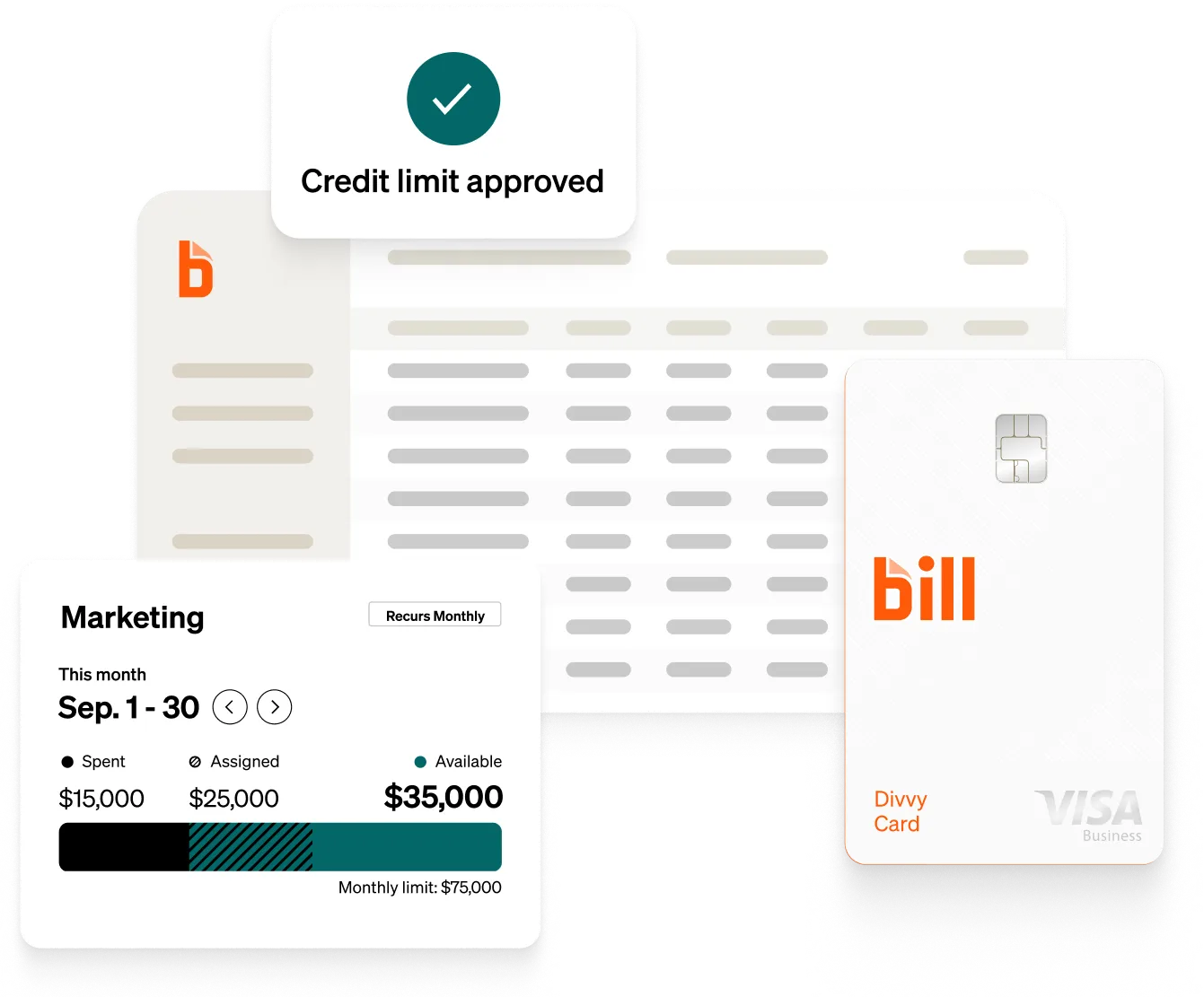What is a zero-based budget template?
Zero-based budgeting is a budgeting method that allows you to start fresh each fiscal period. A zero-based budgeting template aims to create a clean slate of zero dollars.
Using this template gives you a transparent view of your income and expenditures and of what’s financially possible each period. It also forces managers to justify expenses as they must demonstrate a clear need for every business cost in the budget.
How is zero-based budgeting different from traditional budgeting?
ZBB is different from traditional budgeting because zero-based budgeting is a budgeting method that involves developing a new budget from scratch every time (i.e., starting from “zero”), versus starting with the previous period’s budget and adjusting it as needed.
In theory, this forces decision makers to constantly look at the business with fresh eyes, free from the limitations of past assumptions and targets. Zero-based budgeting is generally considered a tactical approach, and the potential cost savings from tactical approaches tend to be lower.
Why businesses should use a zero-based budget template
There are several reasons businesses should use a zero-based budget template to guide their budgeting process, including:
- Strategic alignment: The zero-based budgeting template prompts businesses to evaluate each expense category based on its contribution to overall success, encouraging the reallocation of resources towards high-priority initiatives.
- Bottom-up approach: Unlike traditional budgeting methods that rely on historical data, zero-based budgeting takes a bottom-up approach. This approach in a zero-budget budget template facilitates a thorough review of each cost item. The zero-based budgeting method ensures your business is spending money where it is most needed and can yield the highest returns.
- Cost optimization: The zero-based budgeting template allows organizations to identify and eliminate redundant or non-value-added costs. Businesses can identify where they can save money.
- Accountability: The zero-based budgeting template encourages detailed documentation and clear justifications for budgetary decisions.
- Flexibility: The zero-based budgeting template can be customized to align with specific organizational structures, budgeting periods, and reporting requirements, ensuring seamless integration into existing financial management processes.
How to prepare a zero-based budget template
Here are the steps to make a zero-based budget in Excel:
Step 1: Download zero-based budgeting Excel template.
Step 2: Determine budgeting time period (month, quarterly, yearly).
Step 3: Enter your income.
Step 4: Enter your expenses.
Step 5: Make changes until the final budget is zero.
Download this template for additional instructions on how to use our zero-based budget template.
FAQ
What is the purpose of a zero-based budget template?
The purpose of a zero-based budget template is to facilitate the implementation of zero-based budgeting in organizations to evaluate expenses comprehensively, align resources with strategic goals, optimize costs, and enhance accountability.
What information does a zero-based budget template include?
Typical components in a zero-based budget template include:
- Budgeting period
- Income
- Expenses
- Fixed expenses
- Variable expenses
- Justification and documentation columns (optional, recommended)
Can this zero-based budget template be used in Google Sheets?
Yes, download our zero-based budget Excel template. Then in Google Sheets, follow these steps:
- Create a new or open an existing spreadsheet.
- Click File. Import.
- Choose the Excel zero-based budget template file and click Select.
- Choose an import location option:
Create new spreadsheet,
Insert new sheet(s),
or Replace spreadsheet. - Click Import data and you should have this zero-based budget template in Google Sheets.


